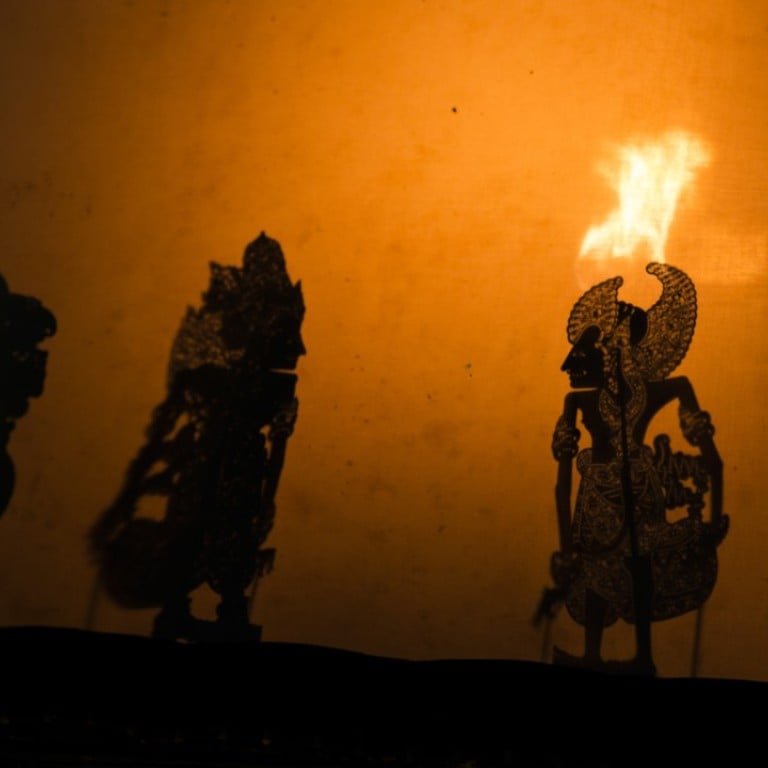
Meet the shadow puppet master teaching Bali’s traditional art to younger generations
Made Lolen has dedicated himself to the ‘wayang kulit’ ever since seeing his first show in 1988. Now he is ensuring this enigmatic form of entertainment is passed down to those as captivated by the sights and sounds as he was
It is 8pm on a balmy evening in the Balinese village of Kerobokan and the road outside my house is blocked off by a small marquee surrounded by people. The gathered crowd – some 50 or so locals from the village – sits cross-legged in hushed silence, transfixed on the spectacle in front.
Wide-eyed youngsters and village elders alike look on in wonder as dark forms begin to flicker across a cloth screen, accompanied by the percussive clangs of a Balinese gamelan, a traditional orchestra ensemble. For the next couple of hours everyone is spellbound by one of Bali’s most enigmatic forms of entertainment: the wayang kulit, or shadow puppet show.
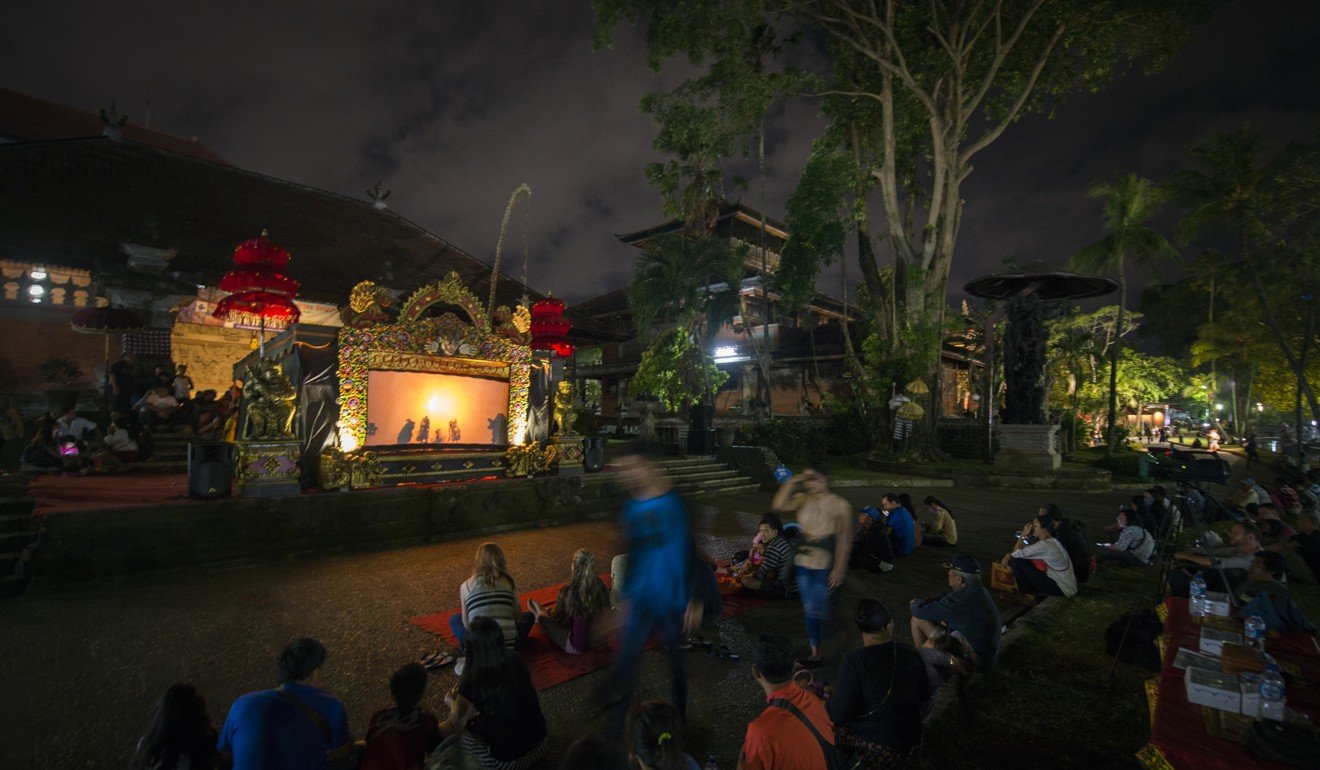
For small village performances like this, information is scarce. Wayang kulit performances are traditionally staged as part of important ceremonies such as Galungan (a major Hindu festival) or Metatah (the Balinese “tooth filing” ceremony). They bring to life the great Hindu epics of the Ramayana and Mahabharata – ancient Sanskrit texts that depict the exploits of the divine prince Rama and his wife Sita. A whole cast of supporting characters is involved, from gods and demons all the way down to lowly farmers and livestock.
The good, bad and ugly sides to Burning Man gathering
Made Lolen is a famous puppet master from the small village of Pejeng, just outside Bali’s cultural capital Ubud. Known as “Delolen” to his friends, the 44-year-old father of three, who teaches the art at a nearby school, is something of a legend around these parts and, as I discover when I meet him at his home, deeply committed to the advancement of wayang kulit.
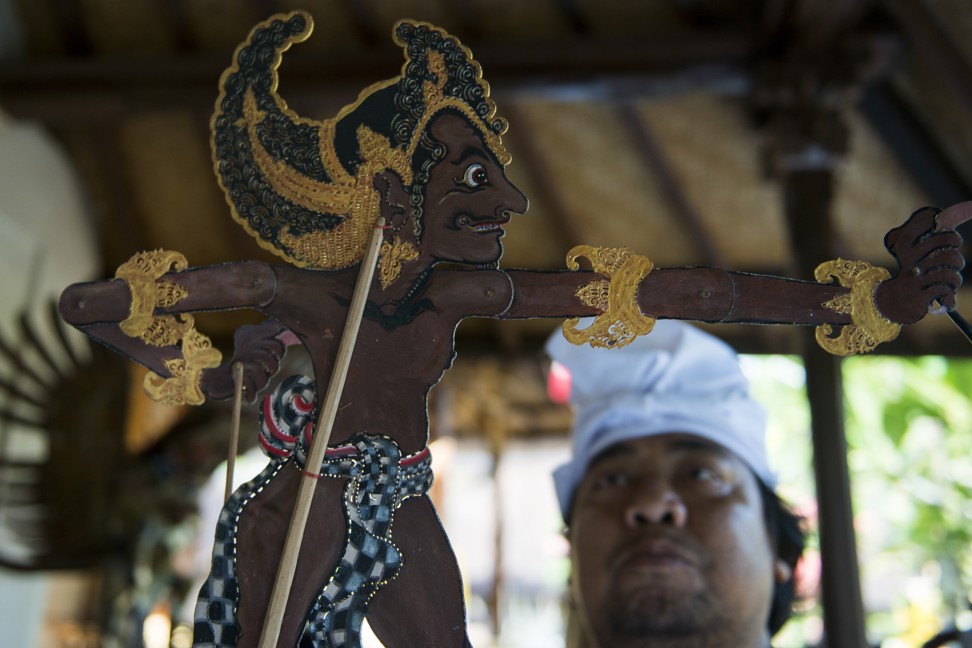
“The first time I saw wayang kulit, back in 1988, I was immediately fascinated,” he says as he rummages around inside a large wooden chest containing his handmade characters. “All the different voices and sounds were so atmospheric. It felt so mysterious and I was interested in learning more, but it was hard to get information. After that, I joined the keluarga dalang, a network of puppeteers around the island who taught me everything I know now.”

As Lolen unpacks the chest he reels off the name and role of each intricately made puppet: Arjuna, Nakula, Saha Dewa, Bima, Dewa Ruci, Garuda Wisnu Kencana. They are all names I recognise from roads and landmarks in Bali, but had no idea of their origins.
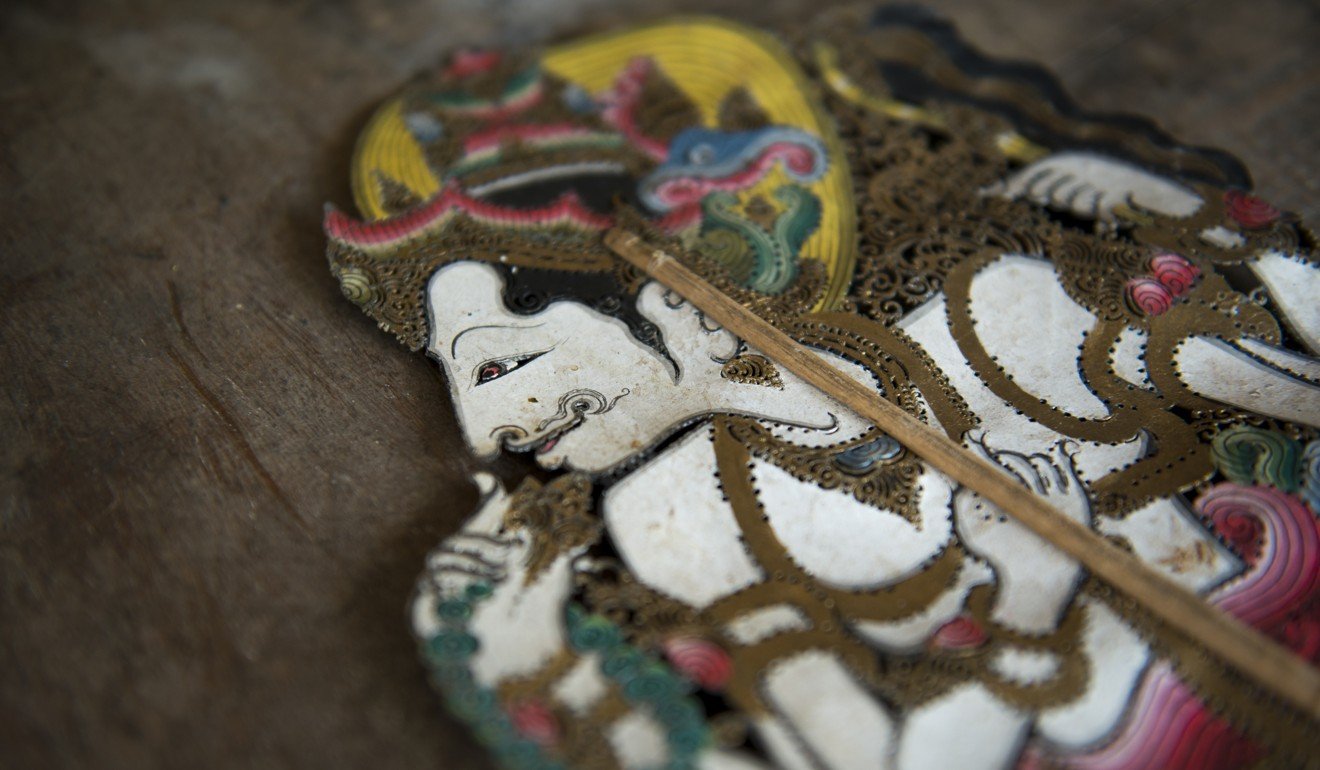
“The Balinese wayang is different from other versions, like the ones in Java,” Lolen explains. “The colours are bolder and the figures are more rounded. Javanese puppets are tall and skinny, more elongated and are not coloured.”

Soon after meeting Lolen, I take a ride up to his school in Sukawati to meet his students. In a dimly lit, dusty school outhouse, a practice session is already underway. Six students take turns behind the screen of stretched cloth (kulit or “skin”) with Lolen watching on attentively, interjecting only occasionally to correct them.

These boys are already well on their way to proficiency. Nineteen-year-old Komang Jaya Diputra is top of the class, expertly manipulating the various puppets’ limbs while simultaneously narrating the voices – all without any kind of script or prompt in front of him. His assistants, Made Astika and Gede Ermawan, help from the sidelines, handing him the correct puppets when called for, while the others handle the soundtrack with a collection of gongs and xylophones.
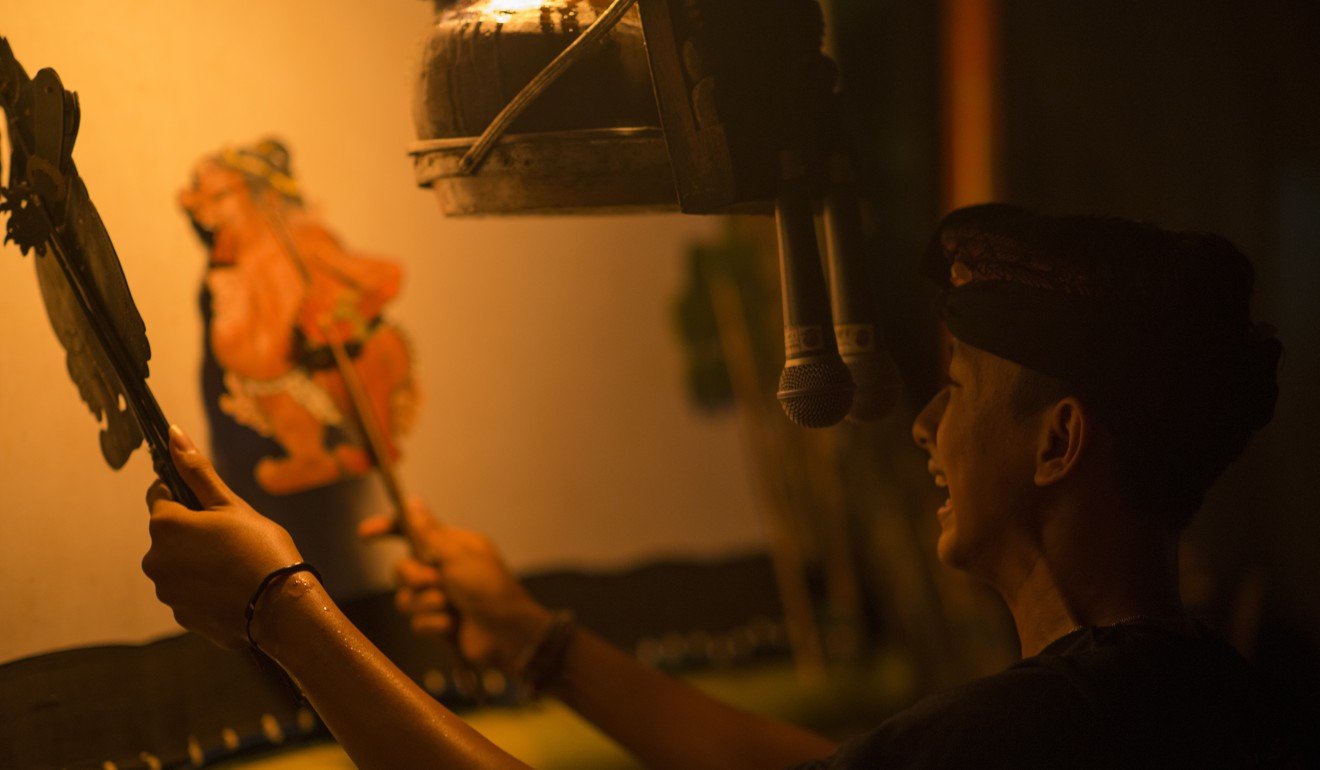
Watching them perform later at the Taman Werdhi Budaya Art Centre in Denpasar is a different experience to the village performance I saw, but no less authentic. A real flame is used to illuminate the screen (more commercial performances often substitute this for an electric light), and the puppets are from Lolen’s own collection.
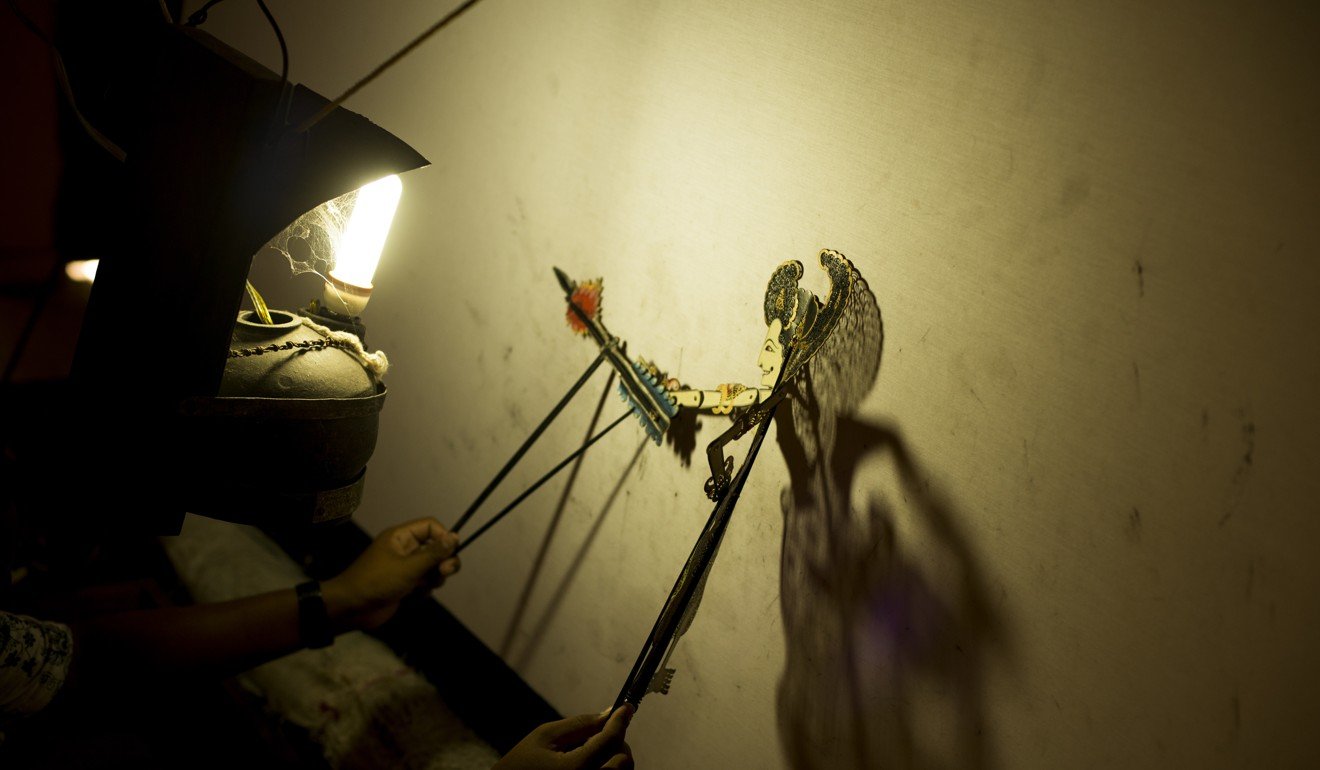
Gathered in front of the stage, a huge crowd of young and old watches intently as Lolen’s protégés work their magic. Children squeal with delight as arrows sail across the screen to spear unfortunate beasts, while older viewers chuckle knowingly at the more satirical moments.
The Play that Goes Wrong: top entertainment coming to Hong Kong
It is clear that, thanks to teachers like Lolen who are inspiring the next generation of puppet masters, the enthusiasm for this most traditional of Balinese arts lives on.
Though not formally advertised, wayang kulit performances happen across the island year round, so it is worth asking a local guide for information on any village displays. Alternatively, Oka Kartini Shadow Puppet Performance (Jl. Raya Ubud 35, Ubud, Bali, +62 361 975193) puts on a nightly show that is highly authentic.
